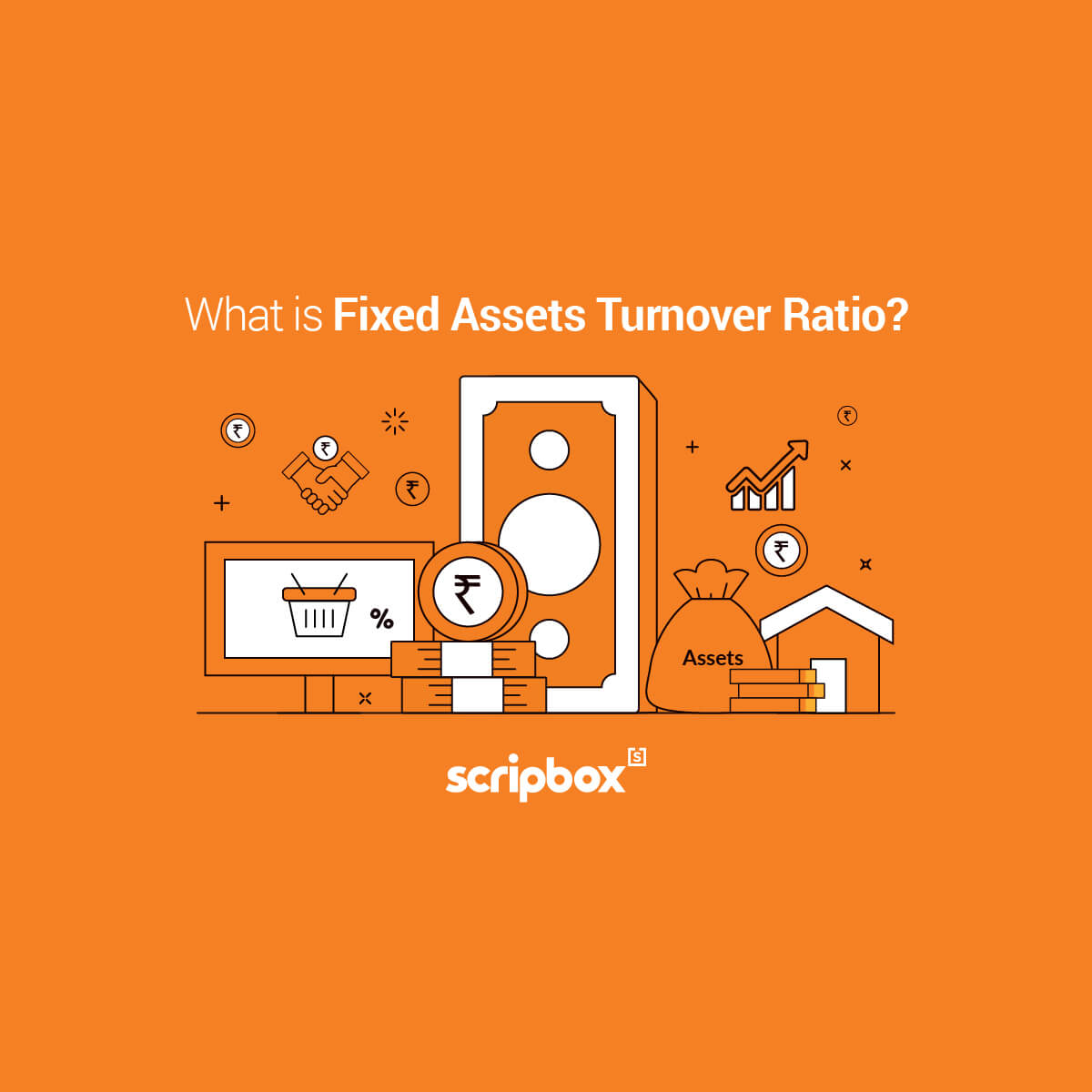
Interest Rate Risk
What is Interest Rate Risk? Interest rate risk refers to the possibility that a loss could happen as a result of a fluctuation in interest rates. A bond's or another fixed-income security's value will decrease if the rate rises. Interest...

Interest Coverage Ratio
What is Interest Coverage Ratio? Interest coverage ratio is an accounting ratio. It determines how many times the company can pay off the accumulated interest before taxes and interest are deducted. The ratio is commonly referred to as "times interest...

Why You Shouldn’t Fall for Guaranteed Life Insurance Plans: Understanding the Risks of Guaranteed Return Insurance
Life insurance is a popular tax saving instrument and should be a part of financial planning and goals set. There are several kinds of life insurance plans in the Indian market. Guaranteed life insurance plans sound like a good deal....

Gross Salary
Gross salary is the sum of the total amount of compensation paid by the employer company to the employee as a part of the employer-employee relationship. Given the increase in salaried workforce, it becomes really important to understand the basics...

Gross Income
Meaning of Gross Income In the case of an individual, gross earnings refer to the total income earned before any tax adjustments or deductions. In this case, suppose Ramesh has a total income of Rs. 5,00,000 from which he paid...
Practical Insights For Wealth Creation
Our weekly finance newsletter with insights you can use
Your privacy is important to us

Free Float Market Capitalization
What is Market Capitalization? Market capitalization is also known as market cap. It is a method or a term to describe the current share price and the total number of outstanding shares against its market worth. It is one of...

Fixed Asset Turnover Ratio
What is Fixed Asset Turnover Ratio? The fixed asset turnover ratio is an efficiency ratio that compares net sales to fixed assets to determine a company's return on investment in fixed assets. The fixed assets include land, building, furniture, plant,...

What is Fair Market Value in Stocks and Mutual Funds
What is the Fair Market Value? Fair market value FMV is the price at which one can purchase an asset under normal market conditions. The fair market value represents the accurate valuation of asset under the following conditions: Both the...









